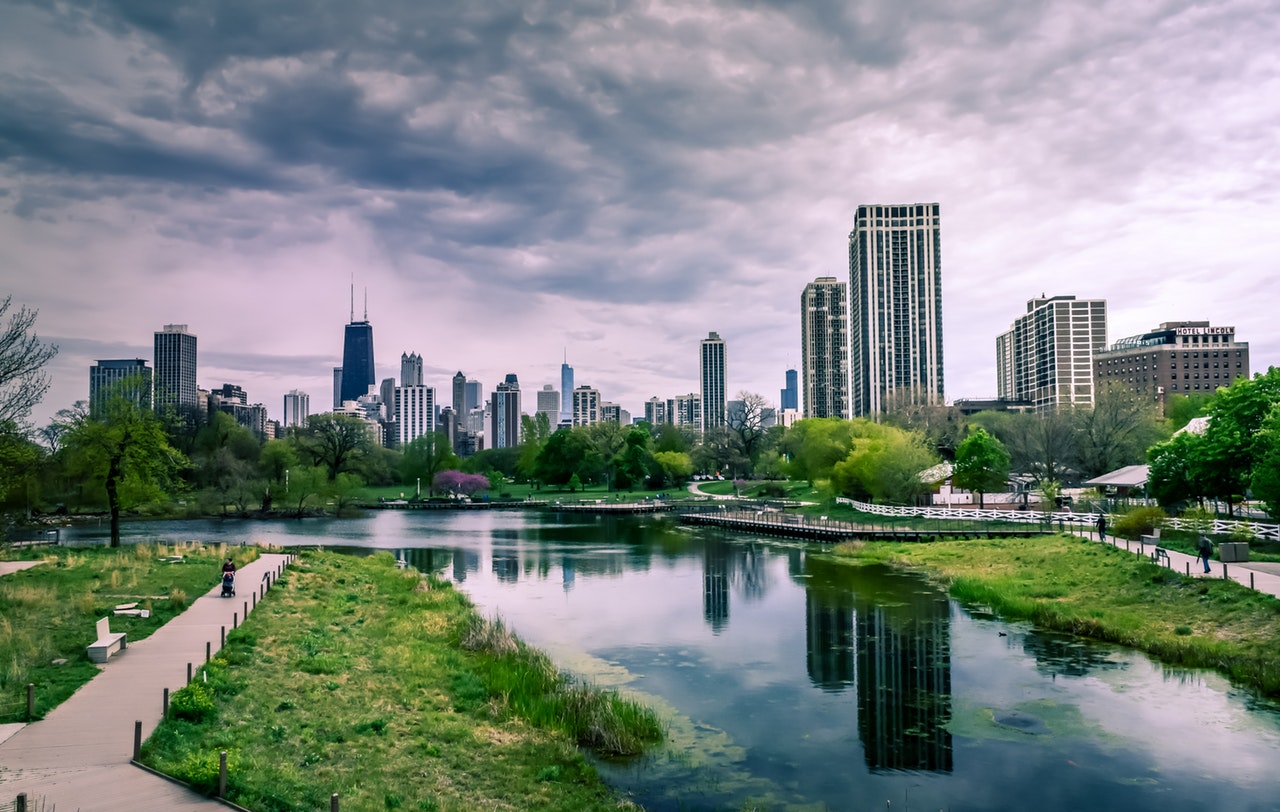Before planting a tree, there are a few factors one must consider. Examples of these factors include soil quality, the place you want to plant the tree, the size of the plantation, the size of the pit, the type of tree to plant, weather conditions, and the overall climate of the area.
However, when it comes to planting a tree in a city, the factors to consider an increase, and in some cities, certain regulations must apply. Let us check these factors into details:
1. Tree Maintenance Point of View
Before planting a tree, you must first take the area of planting the tree into consideration. In other words, you must check all factors, including future maintenance possibilities. It does not matter if you want to plant the tree along the highway pedestrian zones, pathways, park, or anywhere similar; one thing should be in mind is the future ability to maintain it.
Also, you have to consider the type of tree to plant. The good news is that planting trees in public parks does not need a lot of cutting, compared to a narrow street with limited space. Therefore, certain tree types are best for narrow streets and those that are best for public spaces.
Another factor to consider is - if there are tree care services in that area to clean fallen leaves from the streets. It is important to note that huge piles of leaves will make the streets unsafe for everyone. That is because due to rain and other factors, they tend to be slippery, which makes them a hazard for cyclists, pedestrians, and even car drivers. Also, tree branches should be a distance away from any building to prevent property damage.
2. Accommodate The Future
When planting trees and you aim to have a nice avenue planted, you have to accommodate the future. What does this mean? Well, it simply means that you need to consider future advancements and expansions. In other words, you need something that will last for decades and even a century. For this reason, soil quality plays a huge role. In such a case, you will also need to make ecological improvements, like adding things like cubes or mineral wool flocks, which play a huge role in retaining and holding moisture.
Such improvements will help even where there is a drought. If the soil quality is poor, one can always add fertilizer, which helps add vital minerals and salts in the soil. Furthermore, adding mineral wool in the soil does help prevent nutrients from eroding away with water.
3. Tree Plantation Design
The type of tree one prefers; depends on what a person is planning to achieve. In other words, the size and shape of the tree area around the trunk depends on what you plan to achieve. For example, redirecting water around the tree means creating a larger area around the tree with a slight funnel-shape dip in the middle. This kind of design means that you will get better control of rain-water, which will gather around the tree.
Doing this has added benefits such as retaining and adding more nutrients to the trees. This means that the soil around the tree will not only retain water during dry seasons but have adequate nutrients.
4. Tree Type
Choosing the right tree is very important. This simply means that one has to take into consideration the characteristics of the tree and the climate right climate for them. For this reason, it is always wise to choose local trees and plants. Doing this will guarantee their survival and also requires minimal maintenance. Furthermore, the kind of tree to plant does depend on the plantation site. Trees need proper maintenance as well as environmental care. In other words, cleaning leaves is a problem, then you can always opt for trees with few leaves.
If you wish to plant trees along the roadside, then you need to consider using salt-tolerant trees such as birch, cherry, horse chestnut, white oak, and others with similar characteristics. Also, you need to take factors such as traffic lights, car traffic, maintenance cost, and other related factors into consideration.
